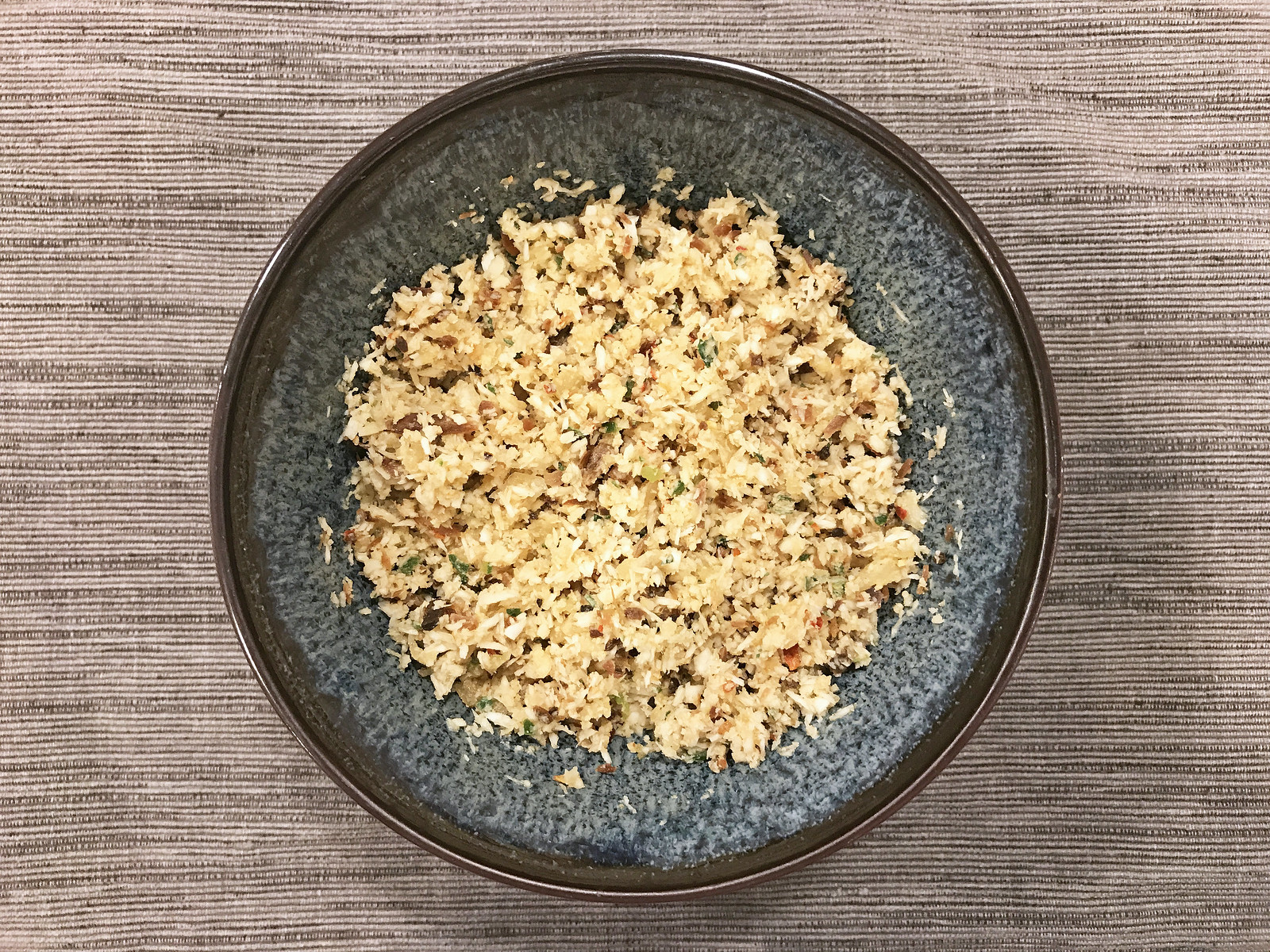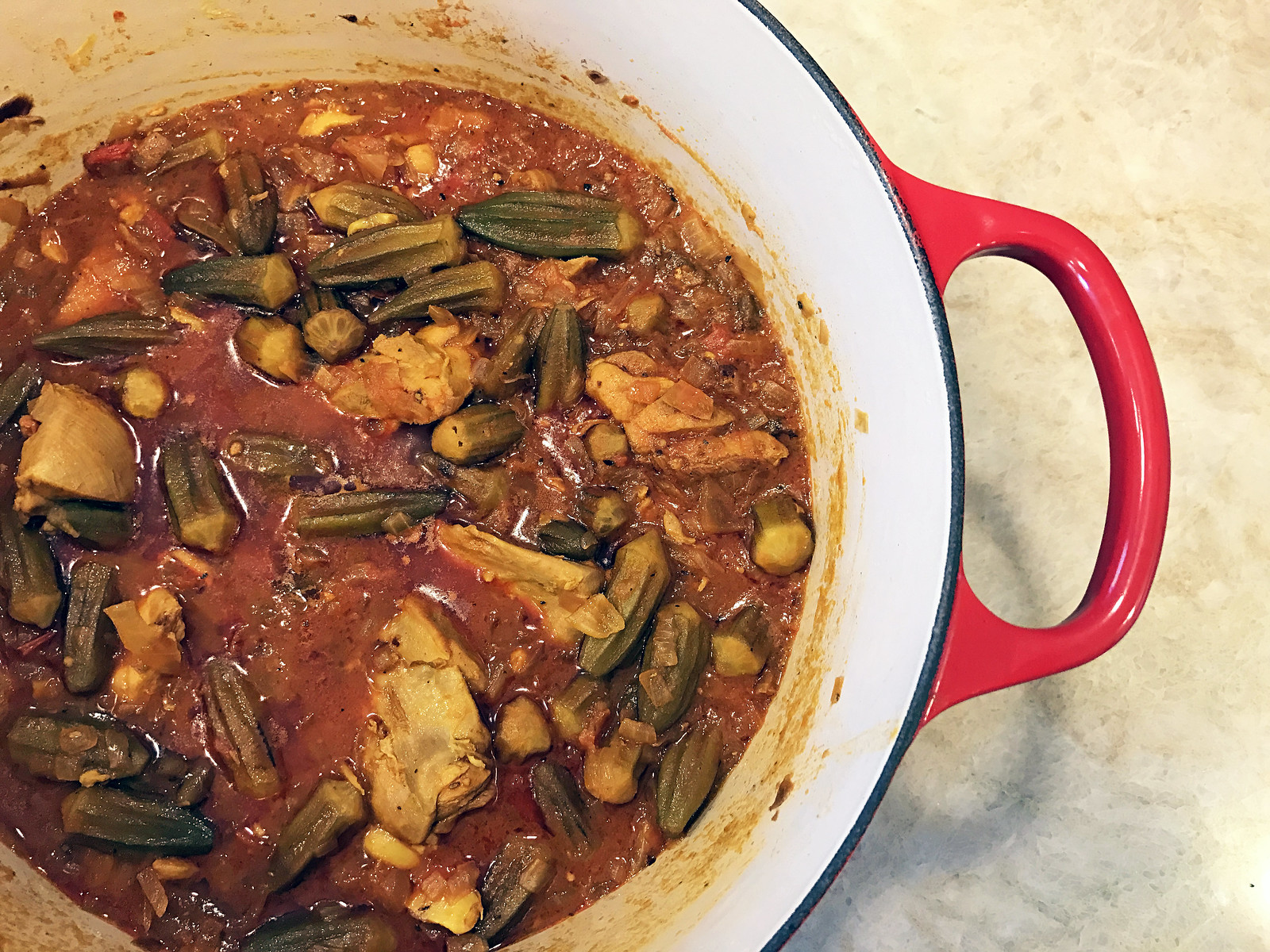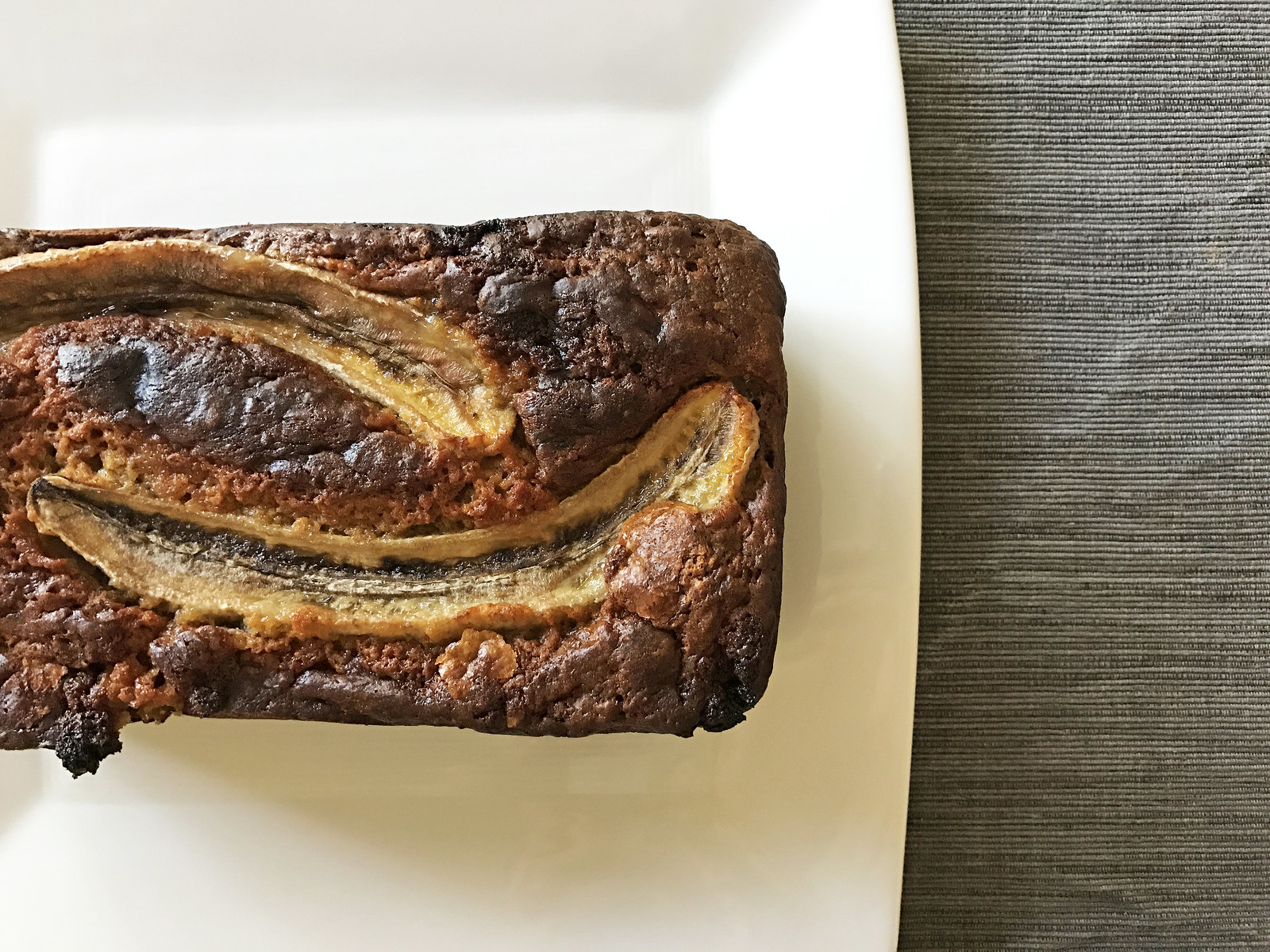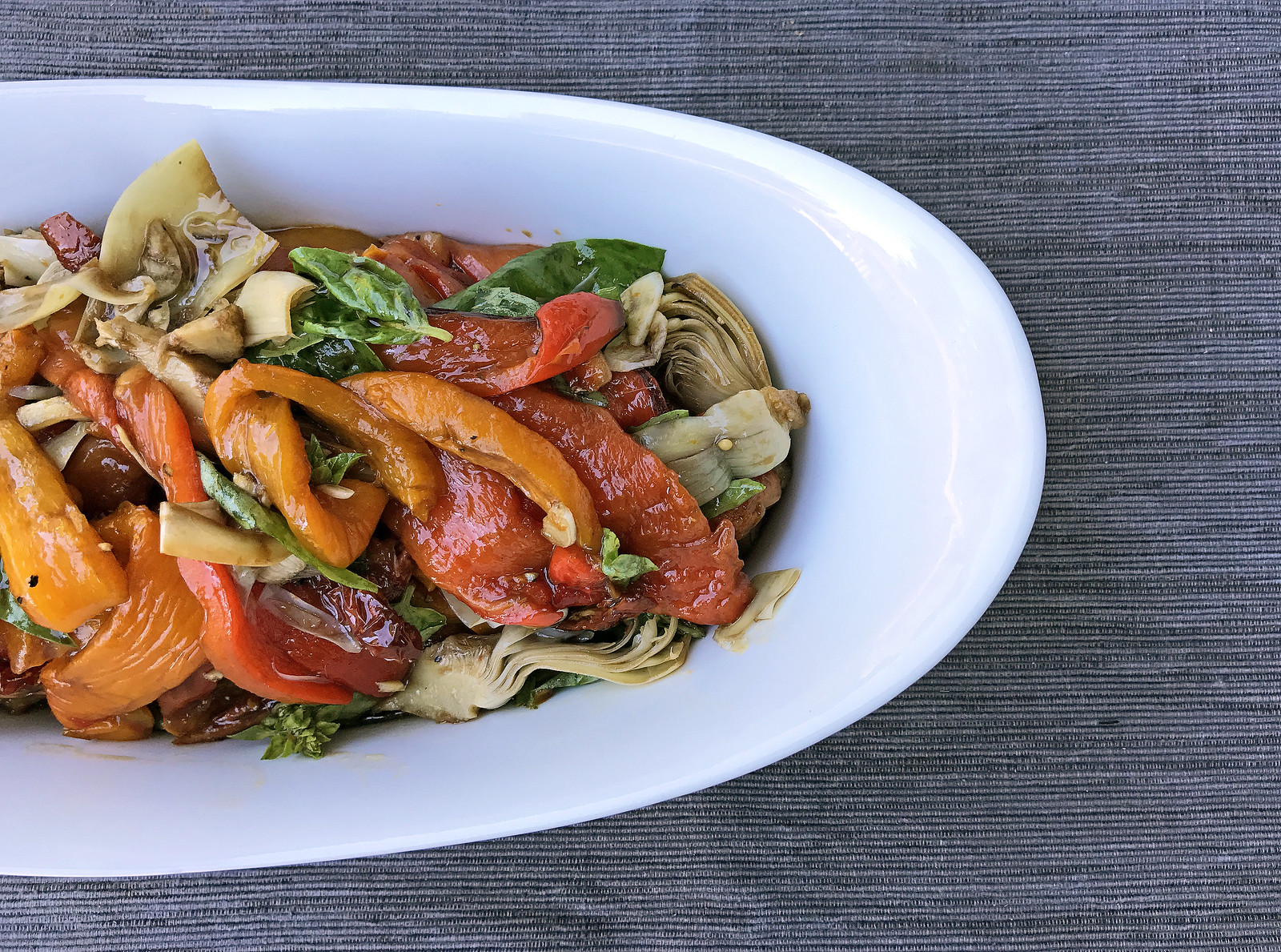Ever try two different recipes for the same dish and they’re both really, really good? But really, really different?
I love tom kha gai, or Thai lemongrass and coconut chicken soup, and I’ve tried my hand at two different versions. Inspired by my travels to Thailand, I typically hand-make my own nam prik-esque chili sauce for this soup, which I’m including here. But I have another version of this soup that uses an uh, not so traditional route. I’ll include that in the next update.
Try both out and decide for yourself: which version is tastier? I know I can’t decide.
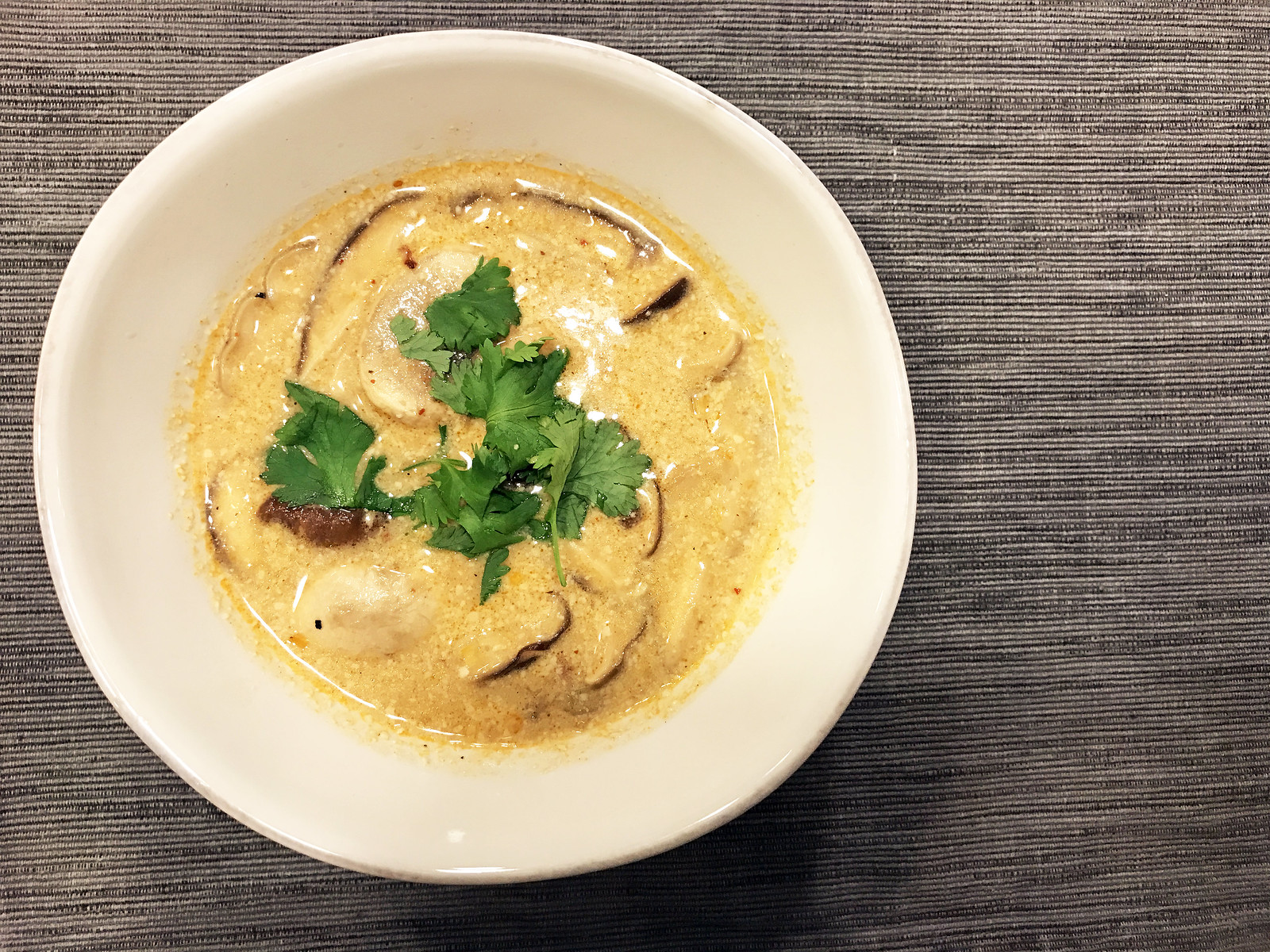
Ingredients:
1/2 cup Thai dried red chiles
1/3 cup cup shallots, unpeeled
1/3 cup garlic cloves, unpeeled
2 tablespoons peanut or vegetable oil
1 teaspoon plus 1/4 cup fish sauce
1 pound skinless, boneless chicken thighs, trimmed and sliced crosswise 1/4 inch thick
3 1/2 cups chicken stock
1 tablespoons brown sugar
2 fresh or frozen kaffir lime leaves
1 stalk lemongrass, inner white part only, minced (about 2 tablespoons)
1 1/2 14-ounce cans unsweetened coconut milk
1/2 pound shiitake mushrooms, stems removed and caps thinly sliced 1
/4 cup fresh lime juice
2 Thai chiles, seeded and very thinly sliced on the diagonal
1/3 cup cilantro leaves, for garnish
1. To make the nam prik: Place a large heavy skillet over medium-low heat, add the chiles, and dry-roast them, moving them around as necessary to prevent them from burning. After about 3 or 4 minutes, they’ll darken and become brittle. Remove from the skillet and set aside to cool.
2. In the meantime, slice the unpeeled shallots lengthwise in half. In the same skillet over medium heat, all the shallots and garlic and dry-roast until browned on one side; turn over and dry-roast on the other side. When they’re softened and roasted. about 8 minutes, remove from the heat and set aside.
3. Break off the chili stems and discard them, then break up the chiles and place in a food processor. Peel the shallots and garlic and add to the food processor. Process to a smooth paste.
4. Place a medium saucepan over medium heat. Add the oil and then add the paste. Stir the paste as it heats in the oil and absorbs it. After about 5 minutes, it will have darkened slightly and give off a warm, roasted chili aroma. Remove from the heat, stir in one teaspoon of the fish sauce, and let cool to room temperature.
5. In a medium bowl, toss the chicken with the remaining 1/4 cup fish sauce.
6. In a large saucepan, combine the stock with the 3 tablespoons of the nam prik chili paste, sugar, lime leaves and lemongrass and bring to a boil over moderately high heat. Stir in the coconut milk and simmer for 5 minutes.
7. Add the chicken and fish sauce to the saucepan along with the shiitakes and simmer, stirring occasionally, until the chicken is cooked through and the mushrooms are tender, about 7 minutes. Remove from the heat and discard the lime leaves. Stir in the lime juice and chiles. Ladle the soup into bowls, with the cilantro and serve.

